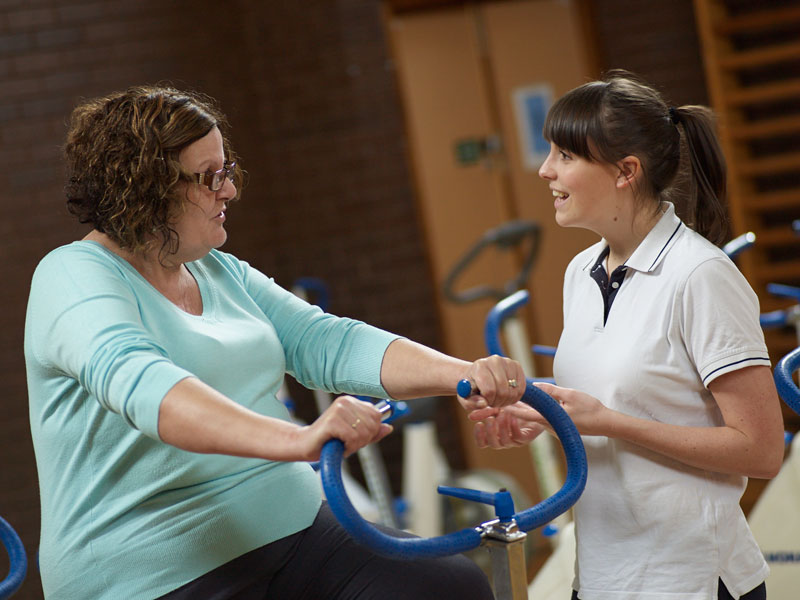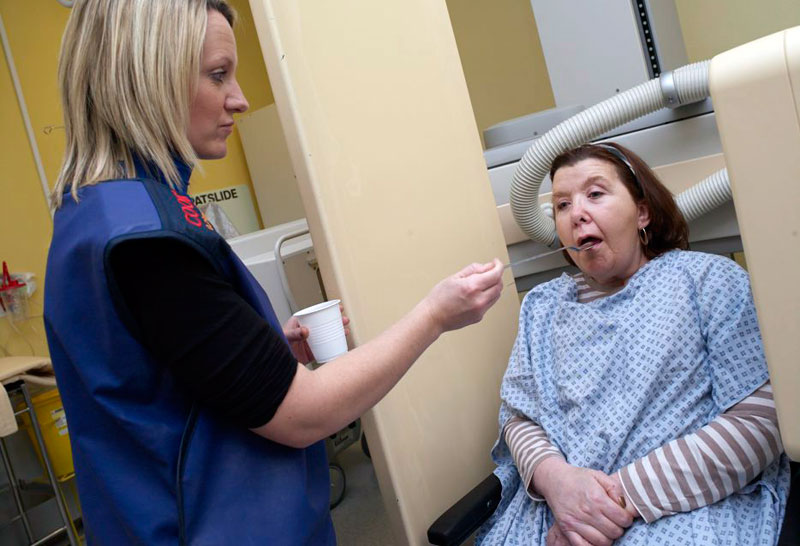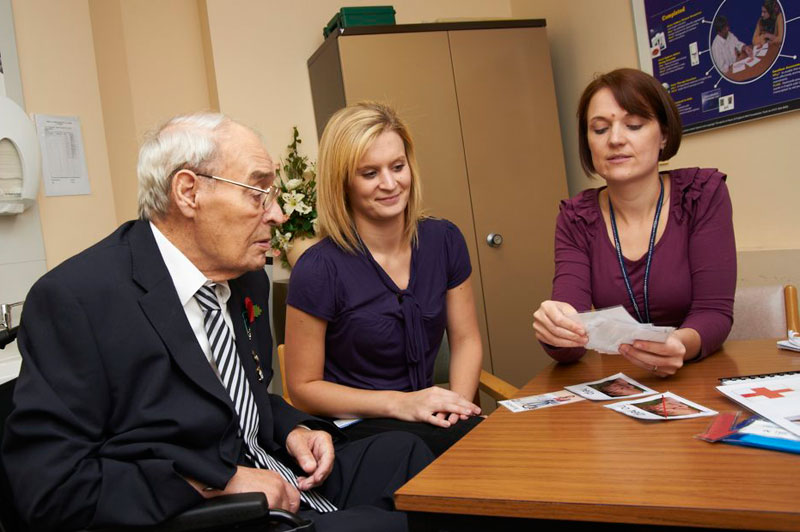Where someone cannot be assisted to manage ADLs safely or independently, through the provision of equipment, adaptations or by teaching alternative strategies, it is then that we need to consider if they can safely return home with additional support.
We will refer to the Social Work Department and update them regarding our assessments and recommendations so that the social worker can start to assess for a package of care, or for someone whose needs cannot be safely met by carer provision at home, they can be assisted to find alternatives to returning home such as residential home or nursing home care.
For someone who can safely return home, despite complex circumstances such as long term disability, being bed bound or terminally ill, we will assess for the specialist equipment that enables this, such as a hospital style bed for that persons comfort, as well as manual handling equipment to facilitate carers in caring for that person safely.
It may be that following OT intervention on the ward a patient is still not safe enough to return home at that point, even with recommendations re: support and equipment put in place, but with more time they are likely to be able to return home.
In these situations once a patient no longer needs to be in hospital for further medical treatment, but they need further therapy input, the OT can refer for a patient to be discharged to a rehabilitation centre from hospital, so that they can get the further therapy treatment required to get them to a safe enough level to return home. These rehabilitation centres are known as ‘Intermediate Care rehabilitation units’ and provide a stepping stone between leaving hospital and going home.













